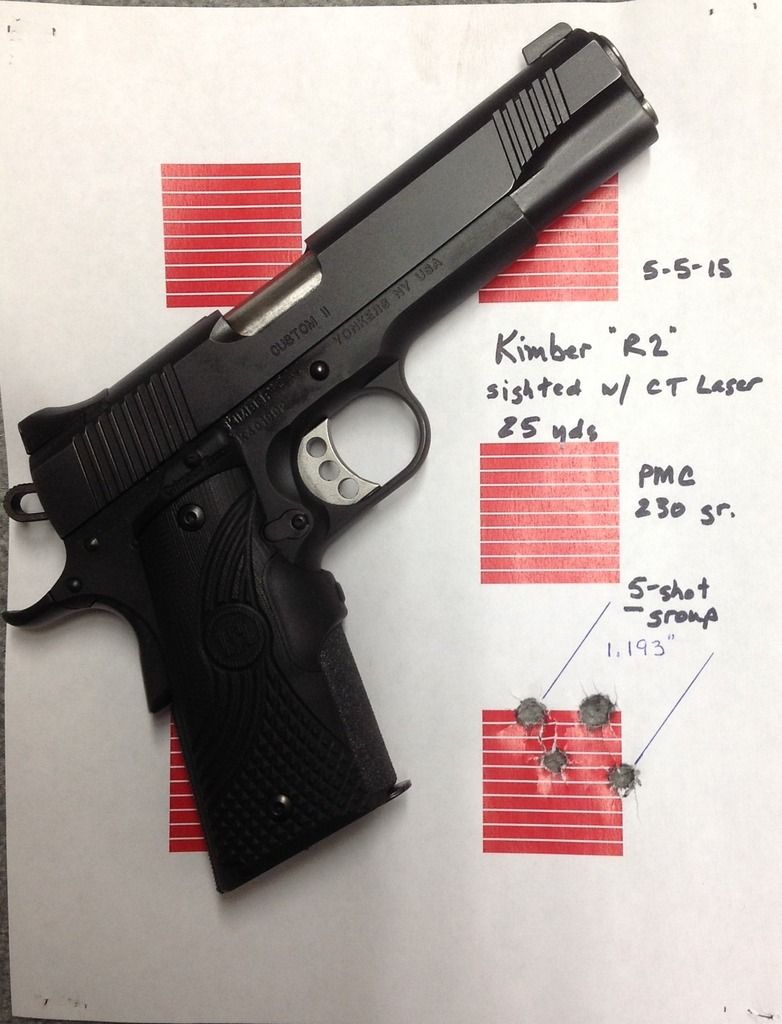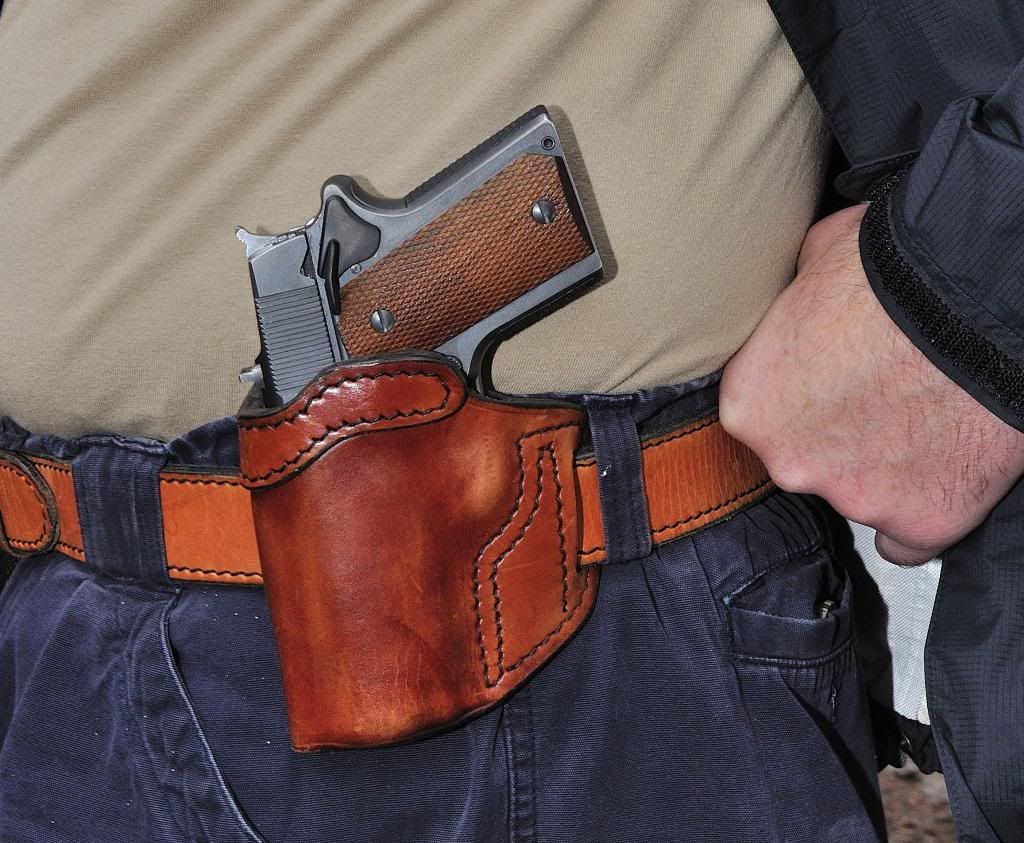
I EDC a 5" steel Kimber in .45. That is after 30 years of carrying a light-weight, compact 1911. Yeah, the full-size is a little heavy, but so am I. It's worth it in the gun. It is my favorite to shoot and I want to carry what I shoot.
I carry it fully loaded with the hammer down. I am not afraid to carry in Condition 1 and have a lot. Still will if I get nervous. But I just don't like it for 24/7 carry, for several reasons. I haven't forgotten to cock it after drawing in a sticky situation so far. To me it is no different than having to press the thumb-safety off, except cocking is, of course, more difficult. That's okay to me, as is your decision to carry your 1911 in Condition 1, or to carry a Glock or revolver. We all lead different lives.
Lowering the hammer certainly can be dangerous if you are not extremely careful with the process, but it isn't that hard to learn to be extremely careful. Always drop the mag out 1/2" and point the muzzle at something you don't mind seeing shot when you lower. Remember it is easy to get to half-cock without having an AD -- it is the second part that will bite you if you are not extremely careful. Hint: don't pull the trigger until you are done lifting the hammer off the sear.
The gun was made specifically to be decocked
one-handed by cavalrymen. That is why the hammer comes back and depresses the grip-safety at its limit. But while that is fun to play with when the gun is unloaded, two-handed decocking seems safer, so why not.
If you aren't at least average in dexterity, don't try lowering with any method.




